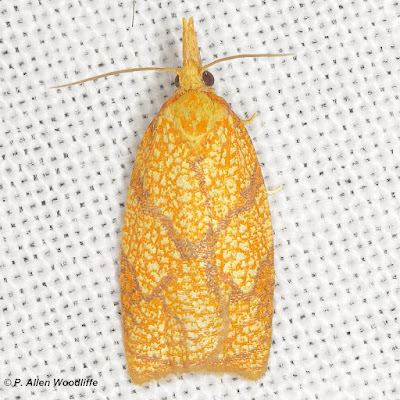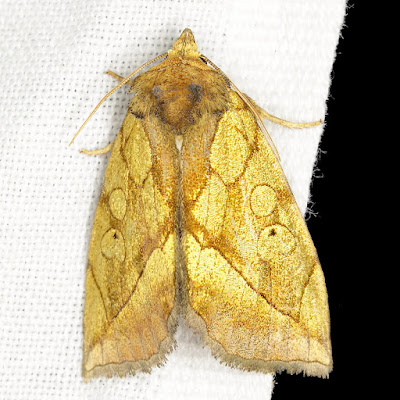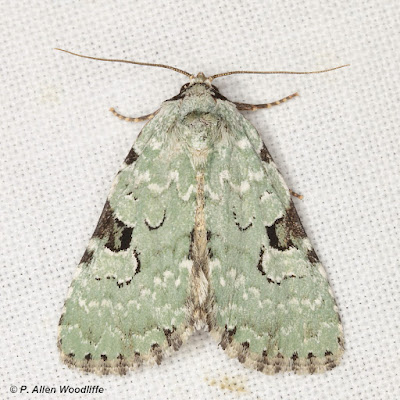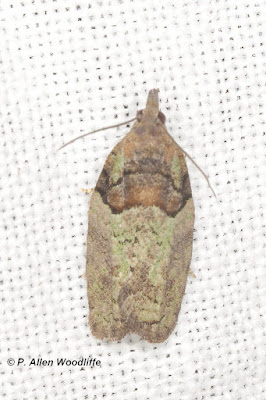Newport Forest is a wonderful place to explore, along the Thames River in Elgin Co. It is not open to the general public, but is owned and managed by the Thames Talbot Land Trust. It was acquired more than two decades ago by Kee and Pat Dewdney with the intention of converting the agricultural land back to nature, and keeping the woodland area right along the river, intact. Over the last couple of decades there has been a major effort to document all life forms. For more information on Newport Forest, check out this link.
In recent years, due to my interest in black lighting for moths and other night-time creatures, I have been invited on at least an annual basis for a moth night. Just a few days ago was the first one for 2023. We attempted to do it earlier, but the weather was not always what we needed, so it got delayed.
Over the course of the last 5 years, we have documented several hundred species of moths and others. An average night with the lights on for only a couple of hours or so, has resulted in 50-75 species, although on one very productive evening about three years ago, I photographed well over 100 species.
There are always a few species of special note, and this time was no exception. I photographed a Gold Moth! This is only about the 5th record on iNaturalist for all of Canada, and only the second time an adult has been photographed. All other records were of caterpillars.
There were lots of the usual species for the time and place, and others. Here are a few representative ones that we were fortunate to capture digitally. This first one is a Black-spotted Leafroller, which I think is a first for me.
 |
| Carrot Seed Moth |
But this next photo is the more typical pose of the same individual. It is known as a Charming Underwing.
 |
| Common Grey |
There are a couple of moths that are quite similar to this next one. The only way to separate them to the species level is apparently to dissect the genitalia, so it is left as a Eulithis sp.
Faint-spotted Palthis, next, is considered a rarity in Canada, but I seem to get them quite regularly in southwestern Ontario. It has a peculiar posture as seen from the side, shown in the second photo.
Another rarity is the Glorious Habrosyne. I have had it several times here at Newport Forest.
 |
| Guenee's Pearl |
 |
| Hahncappsia marculenta |
These next two are members of the Phycitine group, and can be a bit of a challenge to distinguish.
 |
| Hickory Leaf Stem Borer |
 |
| Hickory Shoot Borer |
 |
| Honest Pero Moth |
 |
| Hubner's Pero Moth |
 |
| Johnson's Euchlaena |
 |
| Little White Lichen Moth |
 |
| Marbled-green Leuconycta |
 |
| Northern Burdock Borer |
 |
| Pink-spotted Dart |
There are two distinct species with the same common name: Raspberry Leafroller. I photographed them both, but only show this one, certainly the more colourful of the two.
 |
| Reticulated Fruitworm |
 |
| Titian's Peale Moth |
 |
| Yellow-winged Oak Leafroller |
As always, there are non-moth critters that are attracted to the lights as well, such as an Ichneumonid, known as Acrotaphus wiltii
...a leafhopper of the Gyponana group.
...a Speckled Dun
...a type of Stream Mayfly
....and a Tropical Stonefly.
The diversity is quite astonishing, even in less than three hours of having the lights on.
If you would like to subscribe, or unsubscribe, to Nature Nuggets, send an email to: prairietramper@gmail.com





















Captivating, extraordinary and beautiful. A gold winning post. As always, I'm blown away by seeing the moths. The Pink spotted dart looks as thought it is in a Halloween disguise wearing a wee Dracula coat on it back, face and all, even tiny hands and feet!
ReplyDeleteThanks, Paula, and a good imagination regarding the moth. Maybe it should be renamed the Dracula moth :-)
Delete